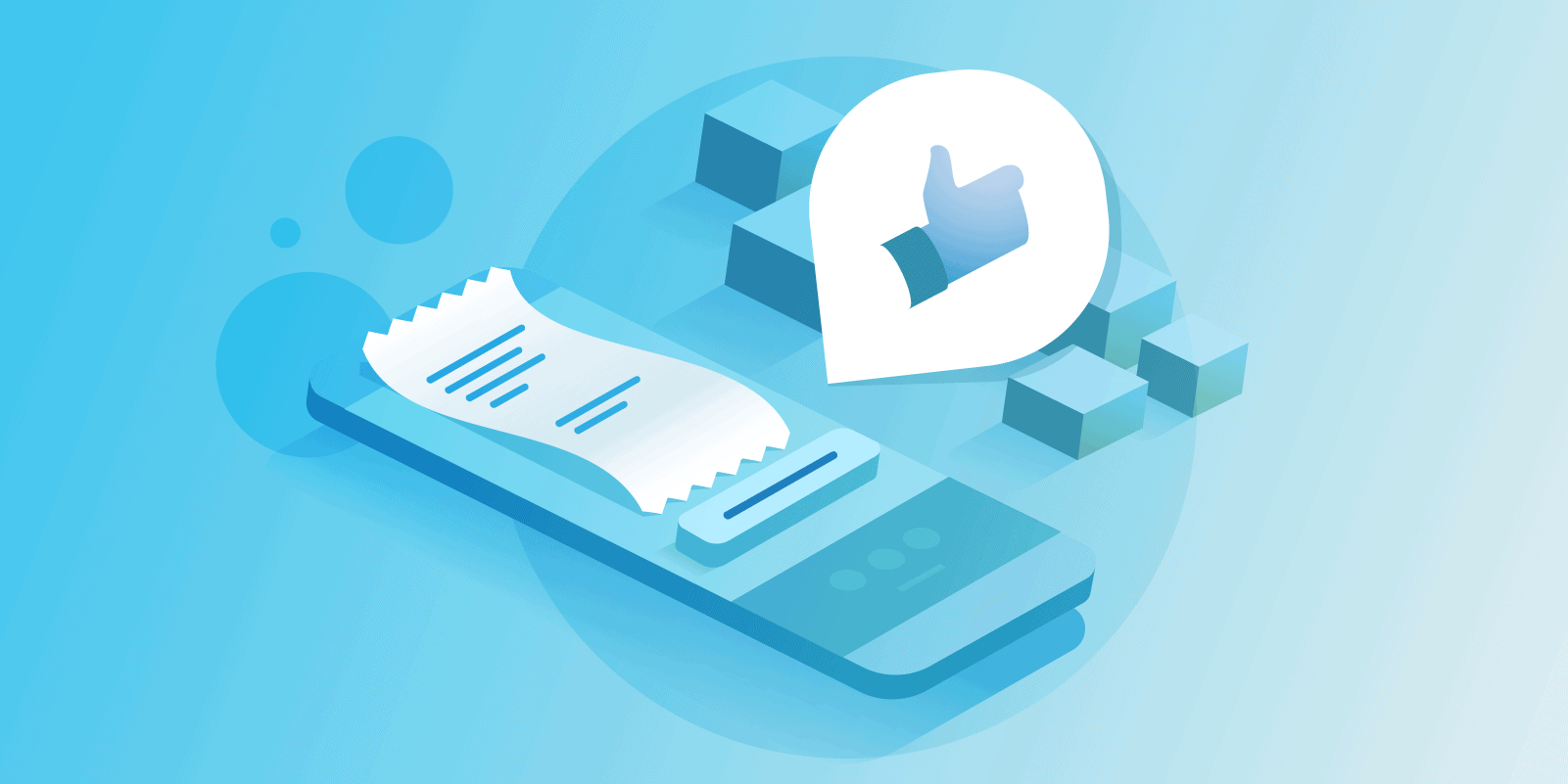Anyone who has stepped away from their devices long enough to make a purchase at a physical store recently has likely witnessed a growing trend — retailers who offer in-store customers an email receipt as an alternative to traditional paper.
An email receipt offers the customer several benefits but it’s retailers themselves who are the real winners, gaining an opportunity to digitally engage an offline customer. Email receipts allow a business to build a 360° picture of the customer, one that merges data gathered through both online and offline interactions.
In early January, a member of the California state assembly proposed a bill that would require retailers to make digital receipts the default, providing paper only if asked. The proposed legislation stems from environmental concerns about both the amount of paper consumed and the toxicity of the chemicals that paper contains. While this particular bill could be accused of lacking teeth — it fails to ban paper receipts outright and has a maximum penalty of just $300 per year for violators — it’s likely that more legislation, from all levels of government, isn’t far behind.
But regardless of the possibility of more laws like the one proposed in California, you might want to ask yourself a simple question: What do your customers want? Research has shown that 45% of consumers want to receive an email receipt for in-store purchases. And 64% are open to additional marketing messages included in those email receipts. These numbers are from 2015 so it’s a safe bet that as digital adoption has increased since then, so has consumer acceptance of digital receipts.
Yet many large retailers still offer paper receipts exclusively, even those with an existing e-commerce presence and the associated digital infrastructure. But just as it was important to get your data security and consent processes in order long before the GDPR took effect, it will serve you extremely well to get the email receipt ball rolling before you’re required to do so by law. There are advantages in doing so for both you and your customers. Here are just a few that might help convince you:
Collect Data While Offering Customer Convenience
Customers appreciate an efficient checkout process, often to the point of declining a paper receipt even when it’s the only option. An email receipt, which is much faster to generate than a paper version, provides the efficiency customers want without forcing them to forego a receipt completely. An email receipt is also harder to lose than paper, making for more efficient returns as well. Some retailers don’t even require the customer to produce the email receipt since they can access it within their POS systems.
While you’re providing the convenience of email receipts to your customers, you’re also collecting customer data at the point of sale, data that can be used to bridge the customer’s online and offline experiences. But be careful about automatically opting these customers into your email marketing program — doing so can alienate an otherwise happy shopper. Better to obtain consent first.
Digitally Engage In-Person Shoppers
Email receipts allow you to encourage offline customers to visit your website and engage with your brand online. You can further that engagement by also promoting your social media presence or soliciting reviews and referrals. An email receipt is also the perfect place to promote your loyalty program, while also helping bridge data gaps for customers already in that program, helping to link loyalty status with online and offline interactions.
Provide Personalized Experiences that Generate Revenue
It’s no secret that customers want personalized shopping experiences. In fact, 78% of consumers will only engage with offers that have been personalized based on previous engagements with that brand. An email receipt is essentially a transactional email, making it a personalized communication by its very nature, but it’s also prime real estate for personalized promotional messaging. And with open rates 69% higher than regular marketing campaigns and click-through rates as much as 164% higher, that’s real estate you don’t want to waste.

You can promote your loyalty program or customer survey, like in this excellent example from Sephora, include relevant sales or discount codes, or present cross- and upsell offers based on either the customer’s purchase history or browsing behavior. Just remember to follow the 80/20 rule — 80% transactional content to 20% promotional.
Save Money to Make Money
Retailers spend billions of dollars on the costs associated with paper receipts. Email receipts involve no printing and no paper, making them far less expensive. The initial cost of setting up a digital receipt system will be recovered extremely quickly and ongoing maintenance costs are a fraction of the amount spent on paper. And the gains realized from the revenue these emails generate will far exceed the money you’ll save on the cost of paper and ink.
It’s clear that offering email receipts to in-store customers isn’t just beneficial to your business, it’s essential in the omnichannel retail world we live in. If they haven’t already, consumers will inevitably begin to expect both the convenience and the personalized experience of an email receipt. Getting your systems in place now will put you ahead of the curve, allowing you to meet those expectations — and reap the associated benefits — before any law requires it. It’ll also give you an edge against competitors who drag their heels.
An edited version of this article originally appeared on CustomerThink.
